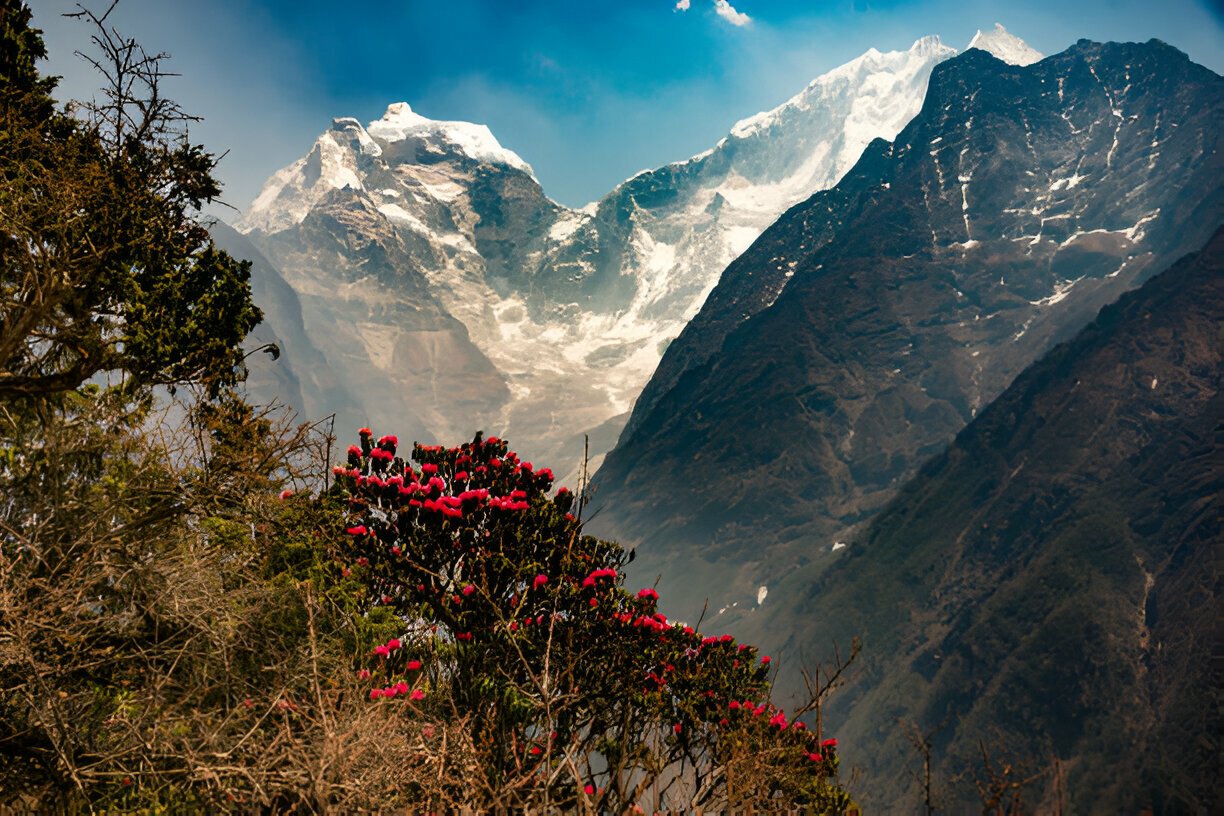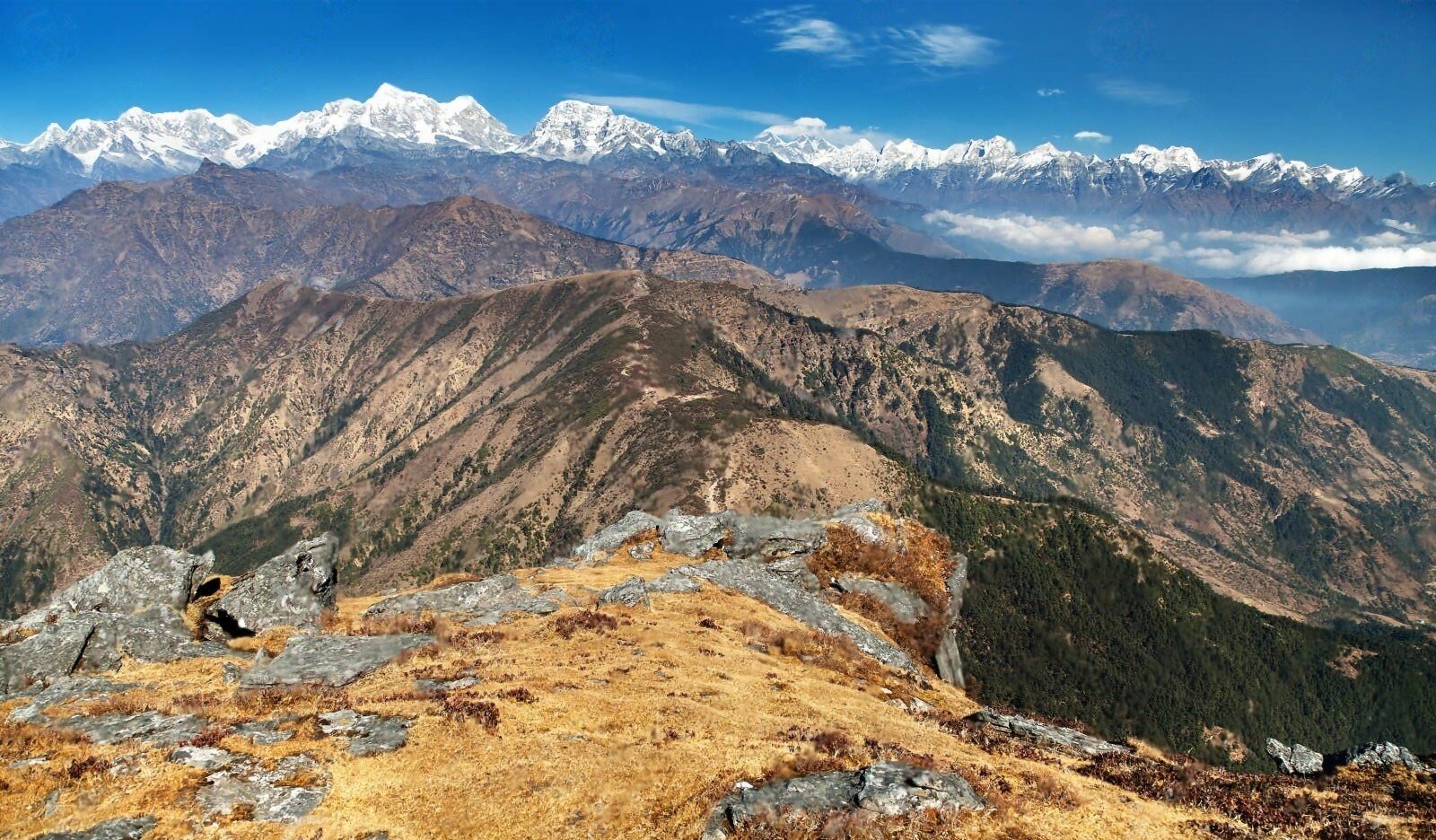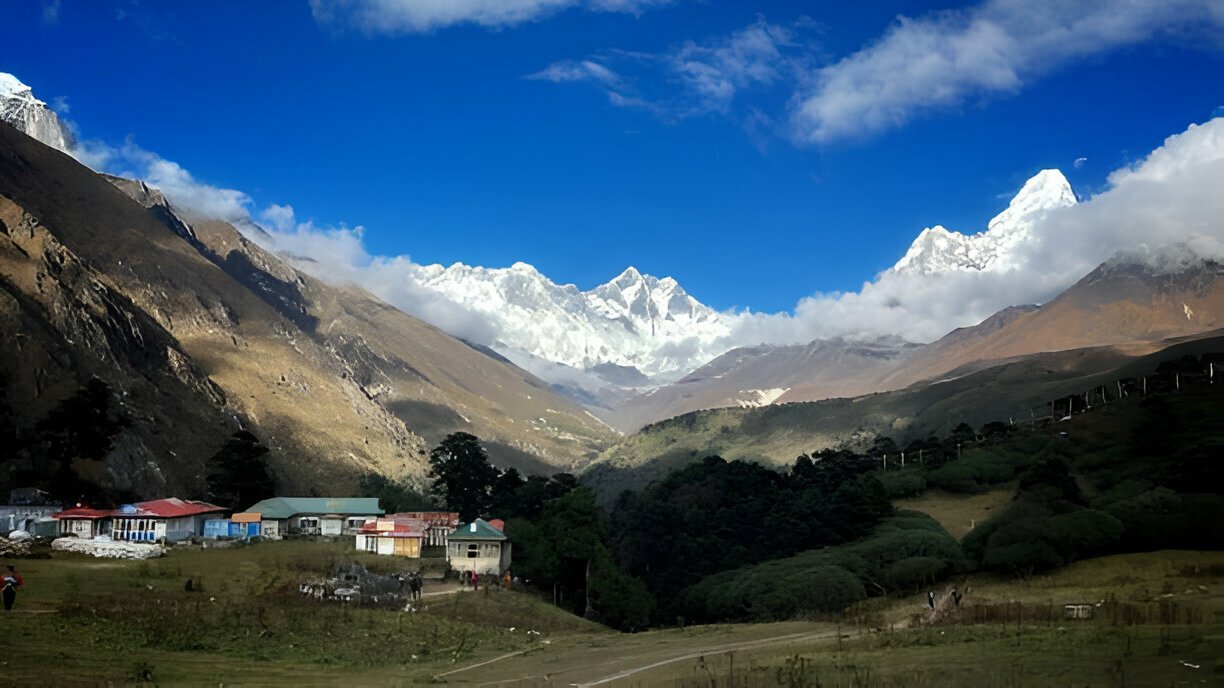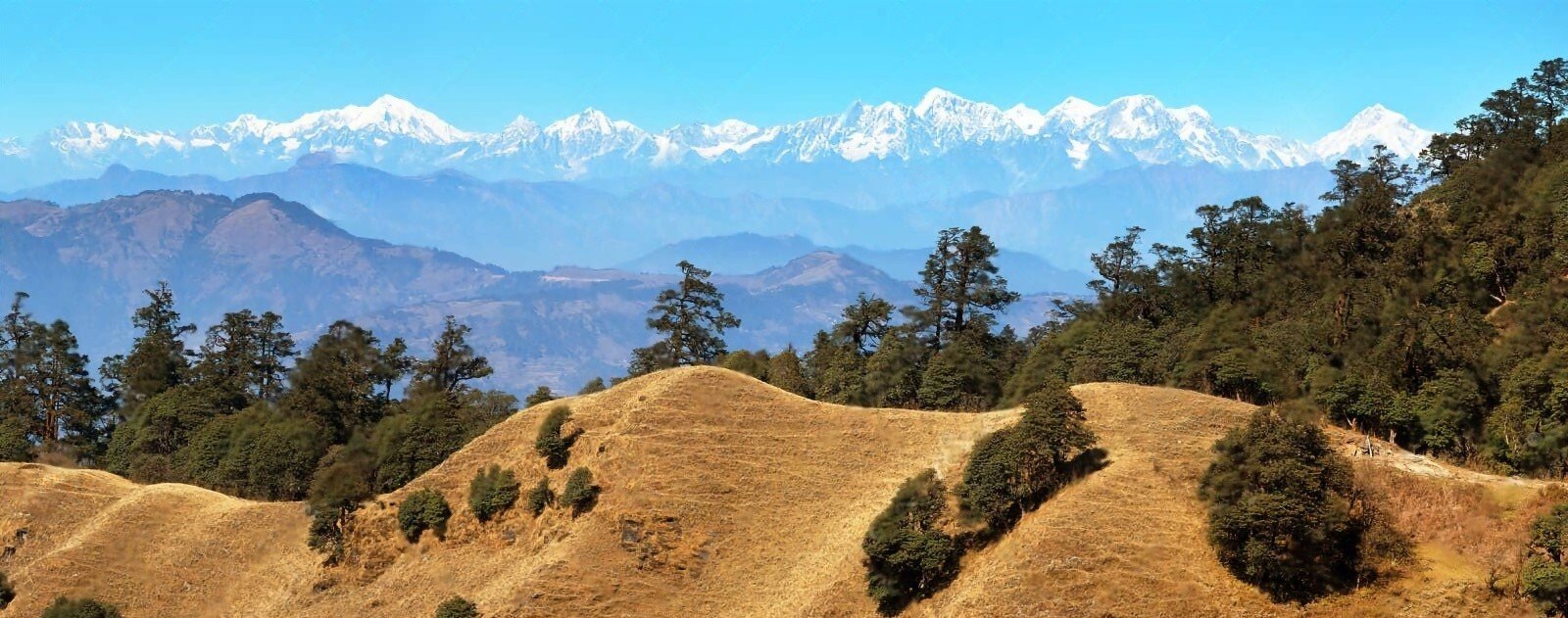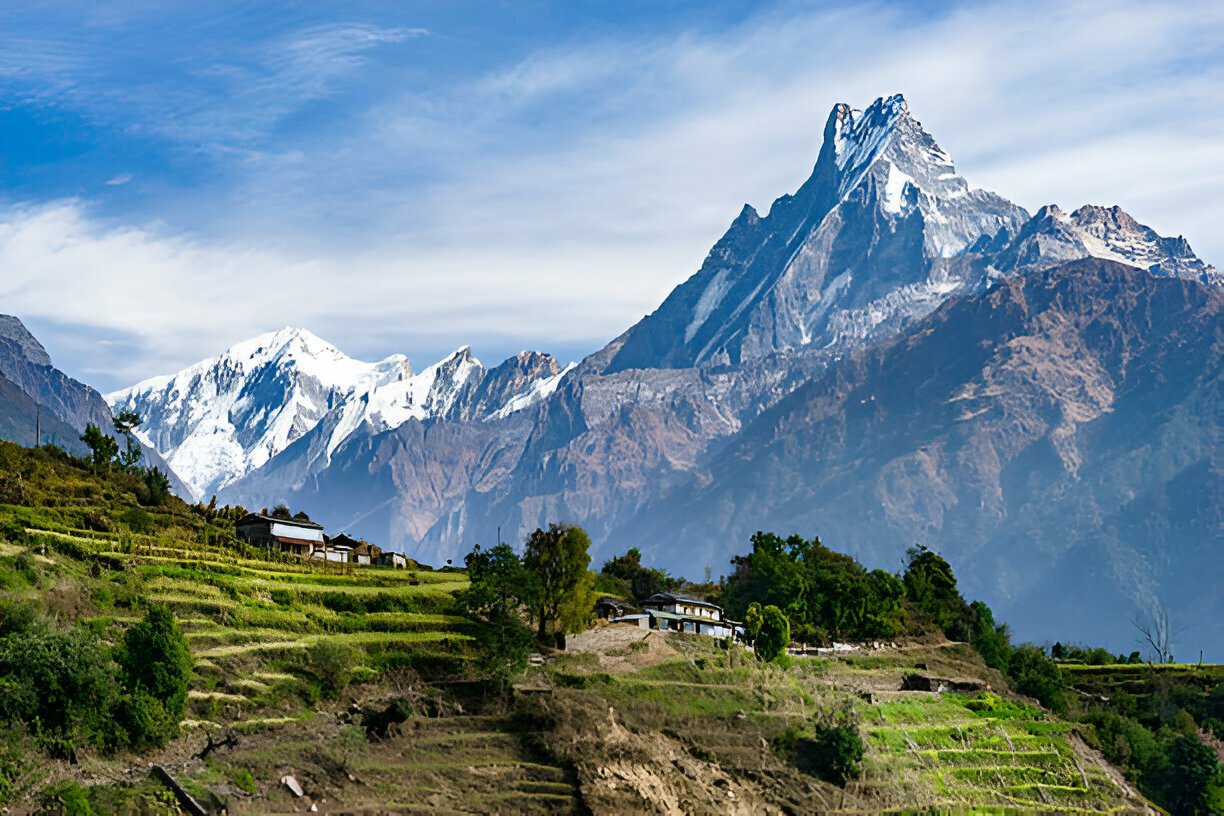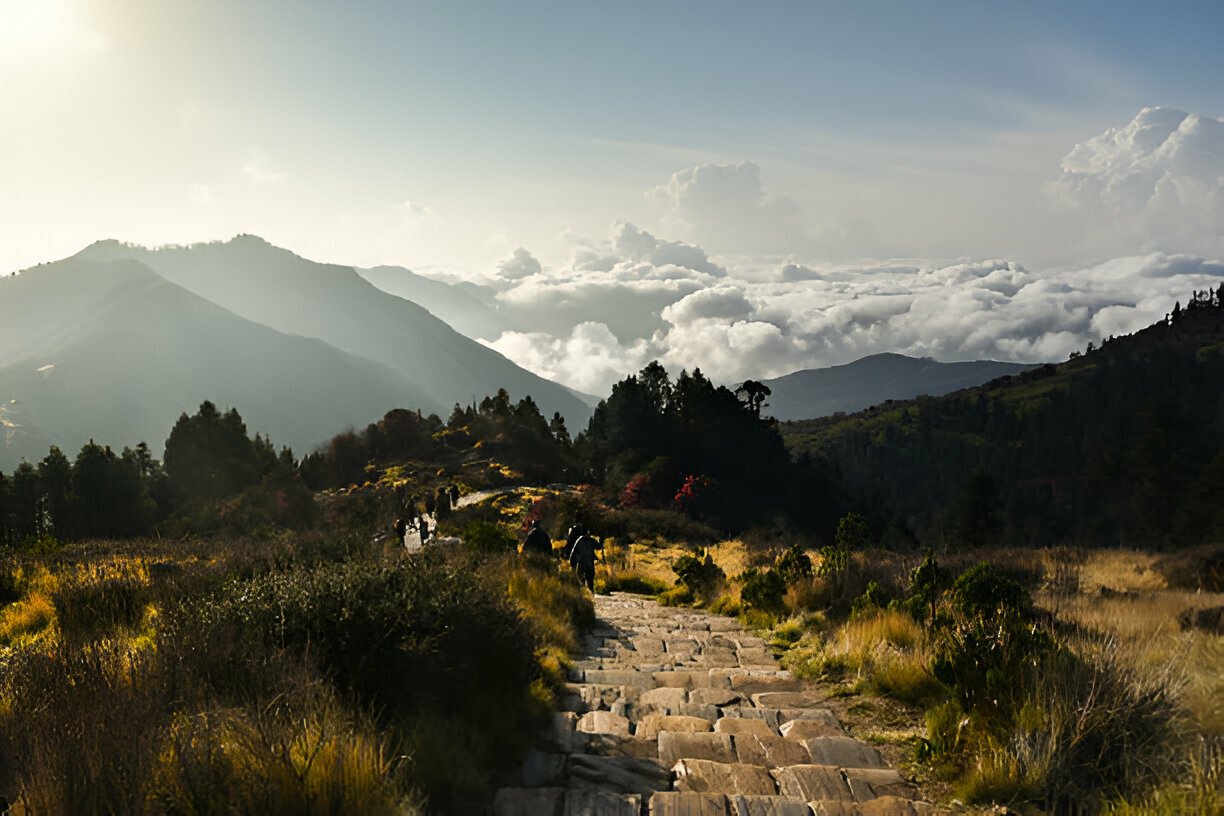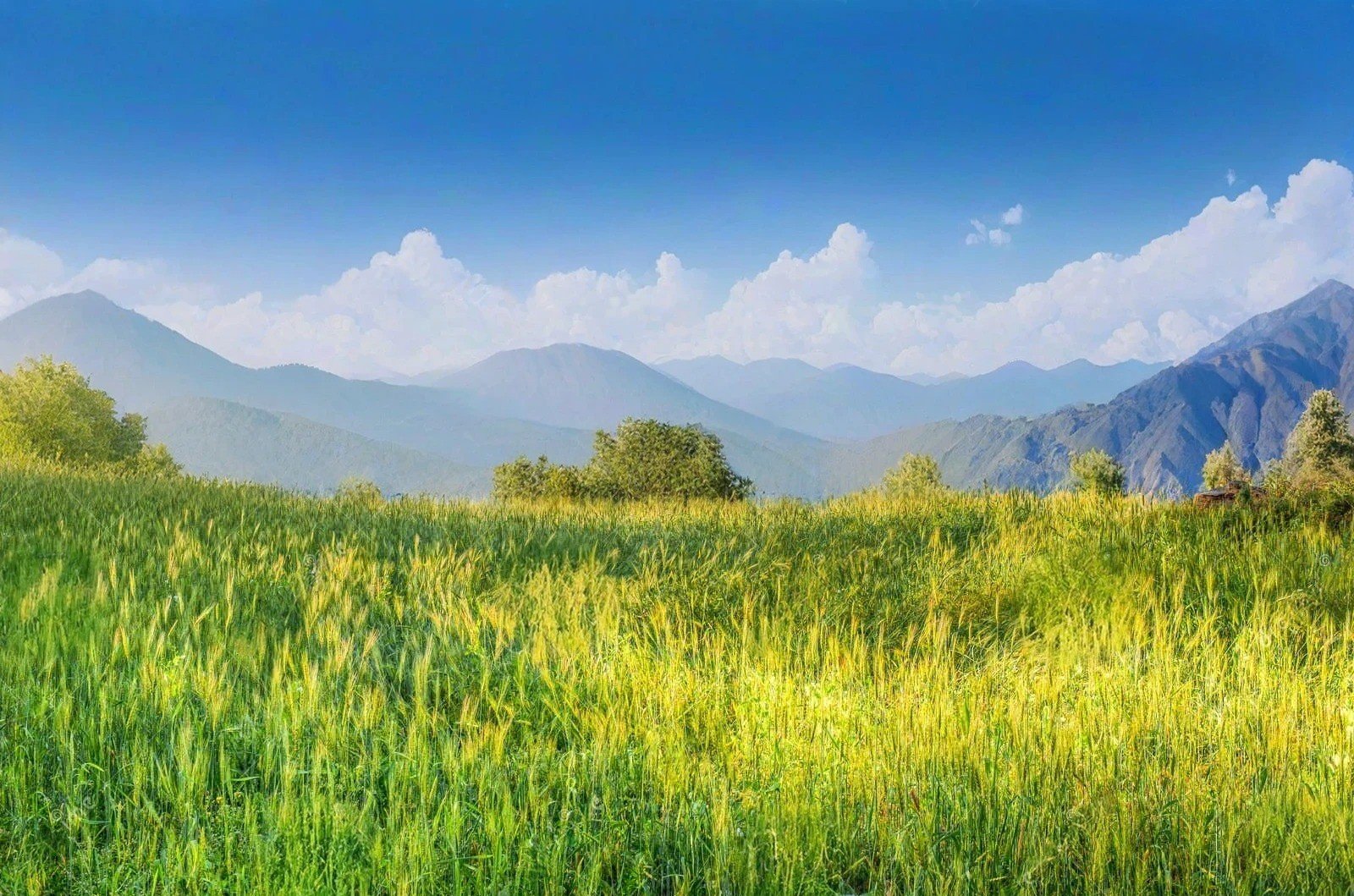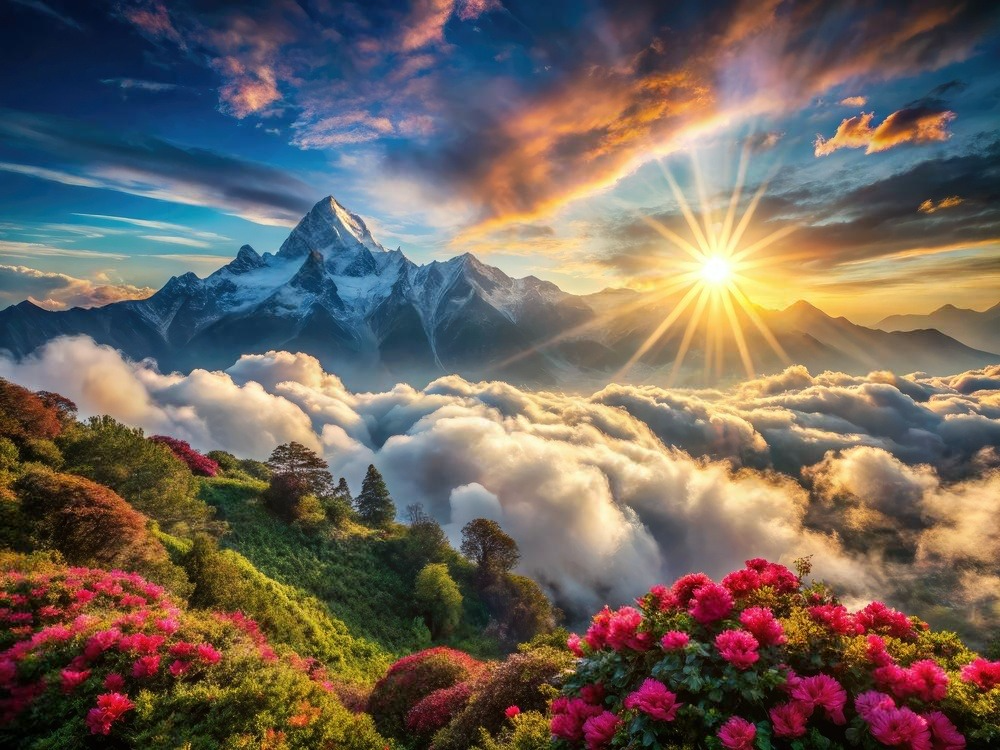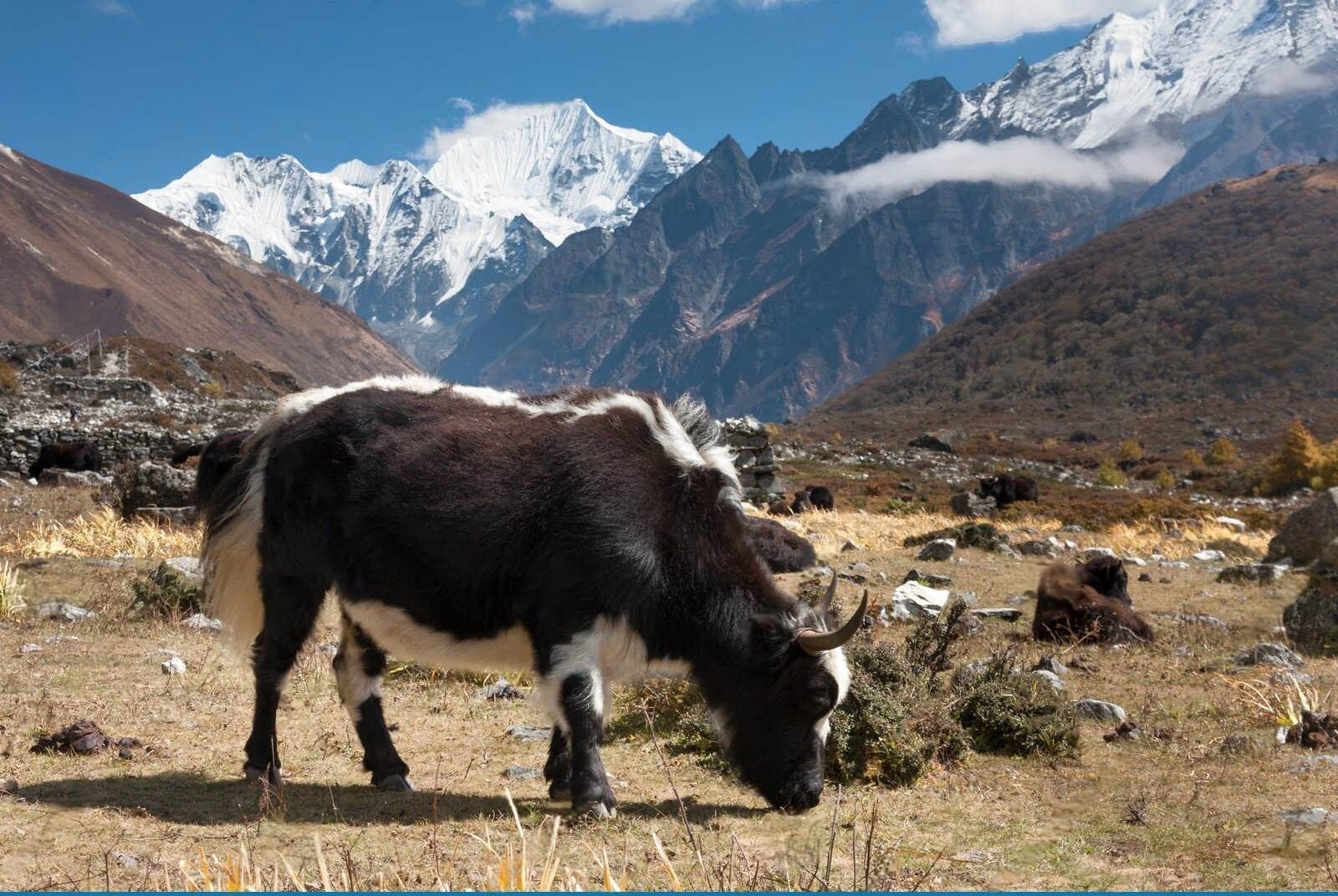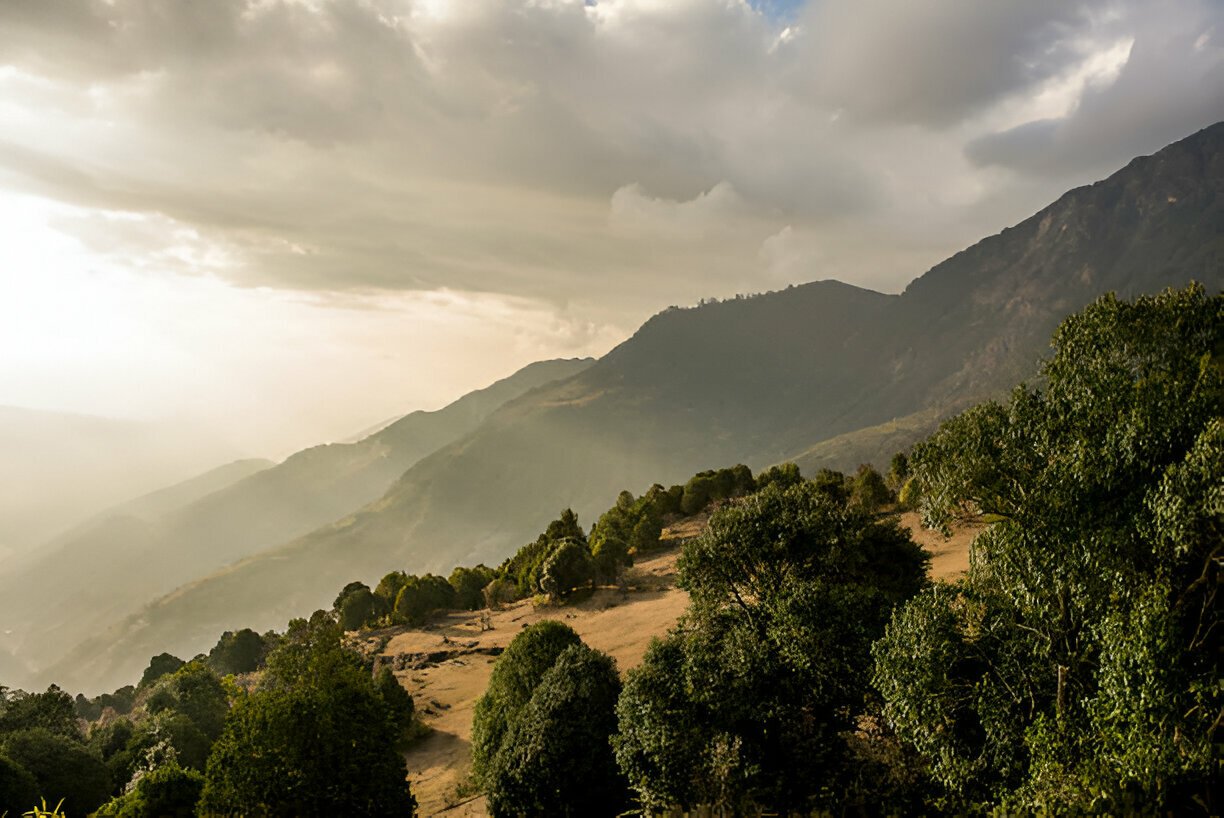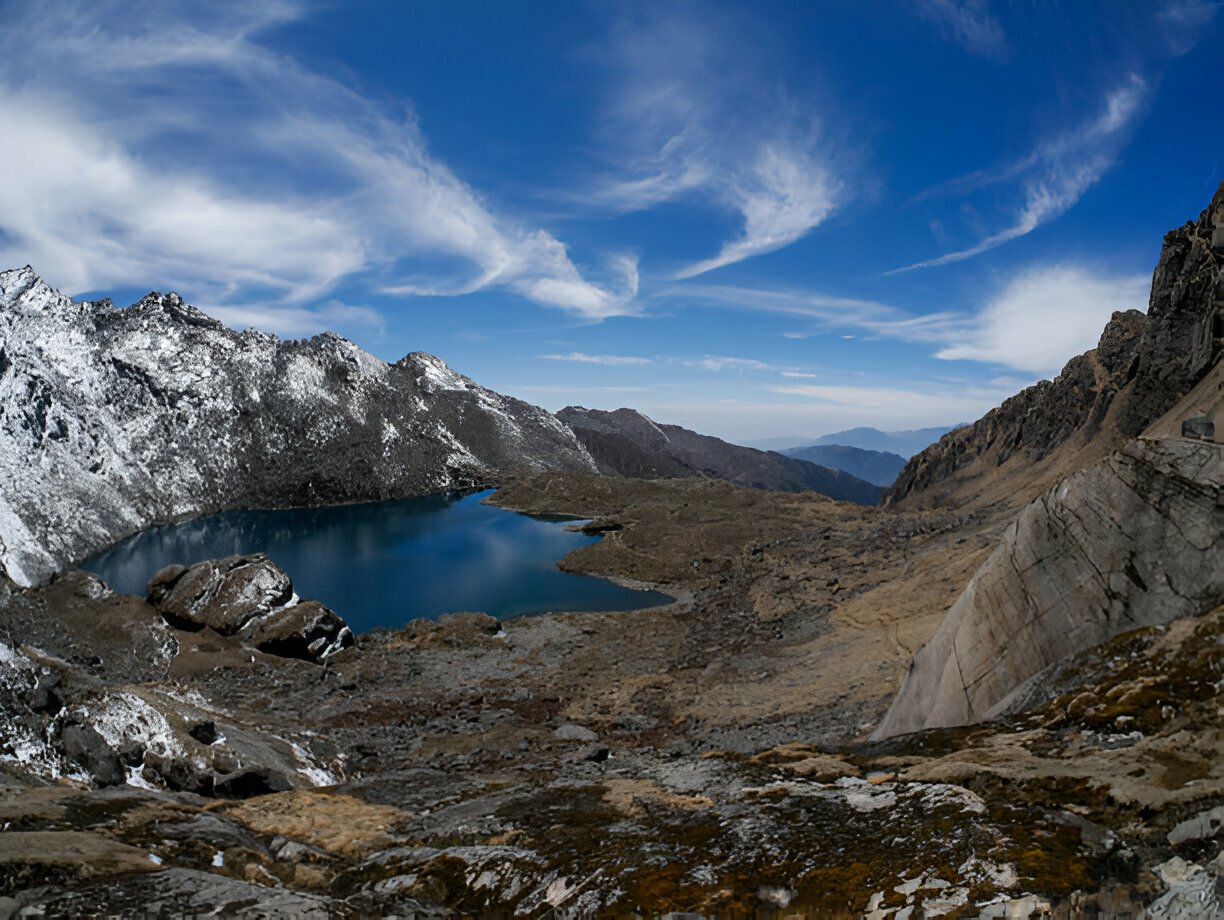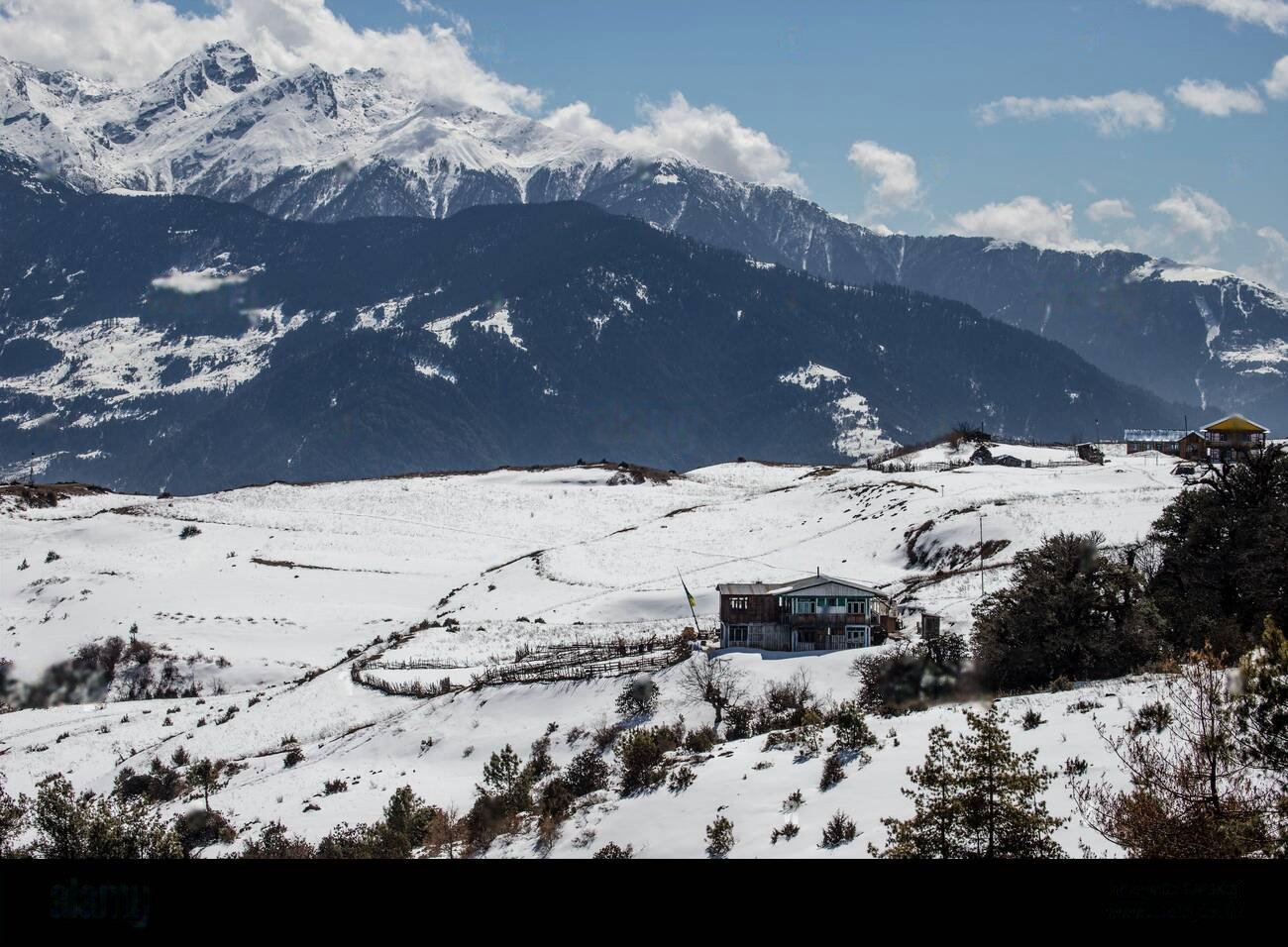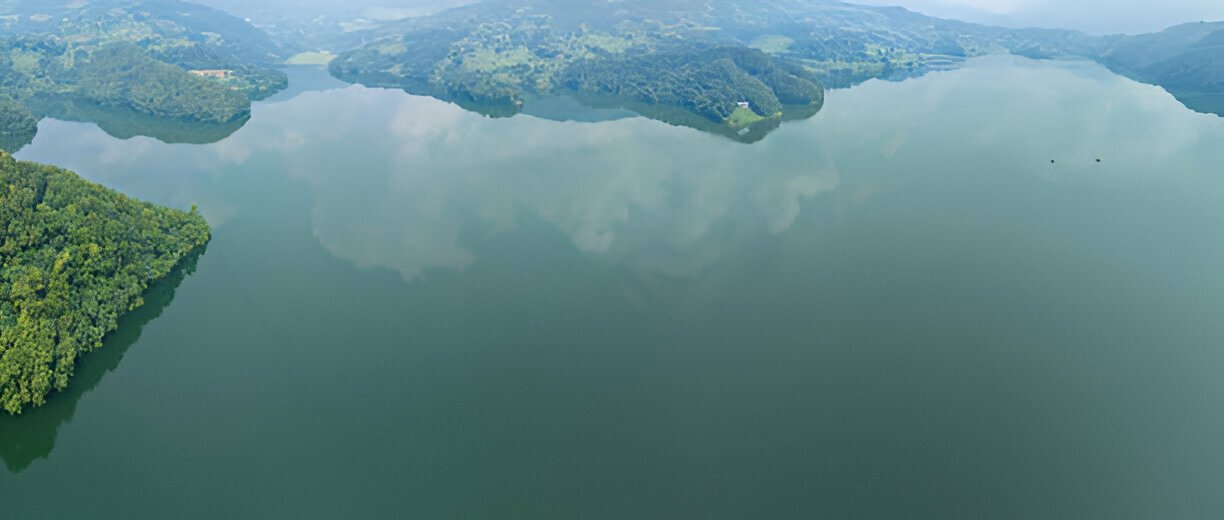 About this Trip
About this Trip
The Royal Trek represents perhaps the perfect introduction to the magic of Himalayan trekking, offering an experience that distills the essence of Nepal into a brief, accessible journey. What makes this trek remarkable is its ability to deliver authentic cultural encounters, spectacular mountain views, and a genuine sense of journey while remaining within the capabilities of almost any reasonably fit traveler.
The trek follows a thoughtfully designed route that maintains a relatively consistent elevation along ridgelines and contours, avoiding the punishing ascents and descents that characterize many Himalayan treks. This careful routing creates a journey of continuous visual reward with minimal physical hardship, as trekkers are treated to panoramic views of the Annapurna range and Machapuchare throughout most of the journey without the need to climb to extreme altitudes.
The cultural dimension of this trek is particularly special. The path winds through villages that receive far fewer visitors than those on the more popular trekking routes, creating opportunities for genuine cultural exchange rather than commercial interactions. Local communities maintain traditional agricultural practices, religious observances, and architectural styles, offering trekkers an authentic window into rural Nepali life that feels refreshingly unstaged. The warmth of village hospitality often leads to spontaneous invitations to observe daily activities, sample local products, or simply share conversation through a mixture of limited language and universal human connection.
Physically, the trek presents a perfect balance of comfortable challenge and accessibility. Daily walking distances of 4-6 hours with moderate elevation changes create enough physical engagement to feel satisfying without becoming exhausting. The maximum altitude remains well below the threshold where altitude sickness becomes a concern, allowing trekkers to focus on enjoying the journey rather than managing acclimatization. This accessibility makes the Royal Trek particularly suitable for families, older trekkers, or those testing their affinity for mountain walking before committing to longer, more demanding routes.
Perhaps most distinctively, the Royal Trek creates a sense of genuine journey and accomplishment within a compressed timeframe. The route connects distinct landscapes and communities in a narrative arc that feels complete despite its brevity, beginning in the forested hills, passing through traditional villages and terraced farmland, and concluding at the tranquil shores of Begnas Lake. This progression creates a satisfying sense of having completed a meaningful journey rather than simply a series of day hikes, despite the trek's modest overall length.
The Royal Trek represents perhaps the perfect introduction to the magic of Himalayan trekking, offering an experience that distills the essence of Nepal into a brief, accessible journey. What makes this trek remarkable is its ability to deliver authentic cultural encounters, spectacular mountain views, and a genuine sense of journey while remaining within the capabilities of almost any reasonably fit traveler.
The trek follows a thoughtfully designed route that maintains a relatively consistent elevation along ridgelines and contours, avoiding the punishing ascents and descents that characterize many Himalayan treks. This careful routing creates a journey of continuous visual reward with minimal physical hardship, as trekkers are treated to panoramic views of the Annapurna range and Machapuchare throughout most of the journey without the need to climb to extreme altitudes.
The cultural dimension of this trek is particularly special. The path winds through villages that receive far fewer visitors than those on the more popular trekking routes, creating opportunities for genuine cultural exchange rather than commercial interactions. Local communities maintain traditional agricultural practices, religious observances, and architectural styles, offering trekkers an authentic window into rural Nepali life that feels refreshingly unstaged. The warmth of village hospitality often leads to spontaneous invitations to observe daily activities, sample local products, or simply share conversation through a mixture of limited language and universal human connection.
Physically, the trek presents a perfect balance of comfortable challenge and accessibility. Daily walking distances of 4-6 hours with moderate elevation changes create enough physical engagement to feel satisfying without becoming exhausting. The maximum altitude remains well below the threshold where altitude sickness becomes a concern, allowing trekkers to focus on enjoying the journey rather than managing acclimatization. This accessibility makes the Royal Trek particularly suitable for families, older trekkers, or those testing their affinity for mountain walking before committing to longer, more demanding routes.
Perhaps most distinctively, the Royal Trek creates a sense of genuine journey and accomplishment within a compressed timeframe. The route connects distinct landscapes and communities in a narrative arc that feels complete despite its brevity, beginning in the forested hills, passing through traditional villages and terraced farmland, and concluding at the tranquil shores of Begnas Lake. This progression creates a satisfying sense of having completed a meaningful journey rather than simply a series of day hikes, despite the trek's modest overall length.
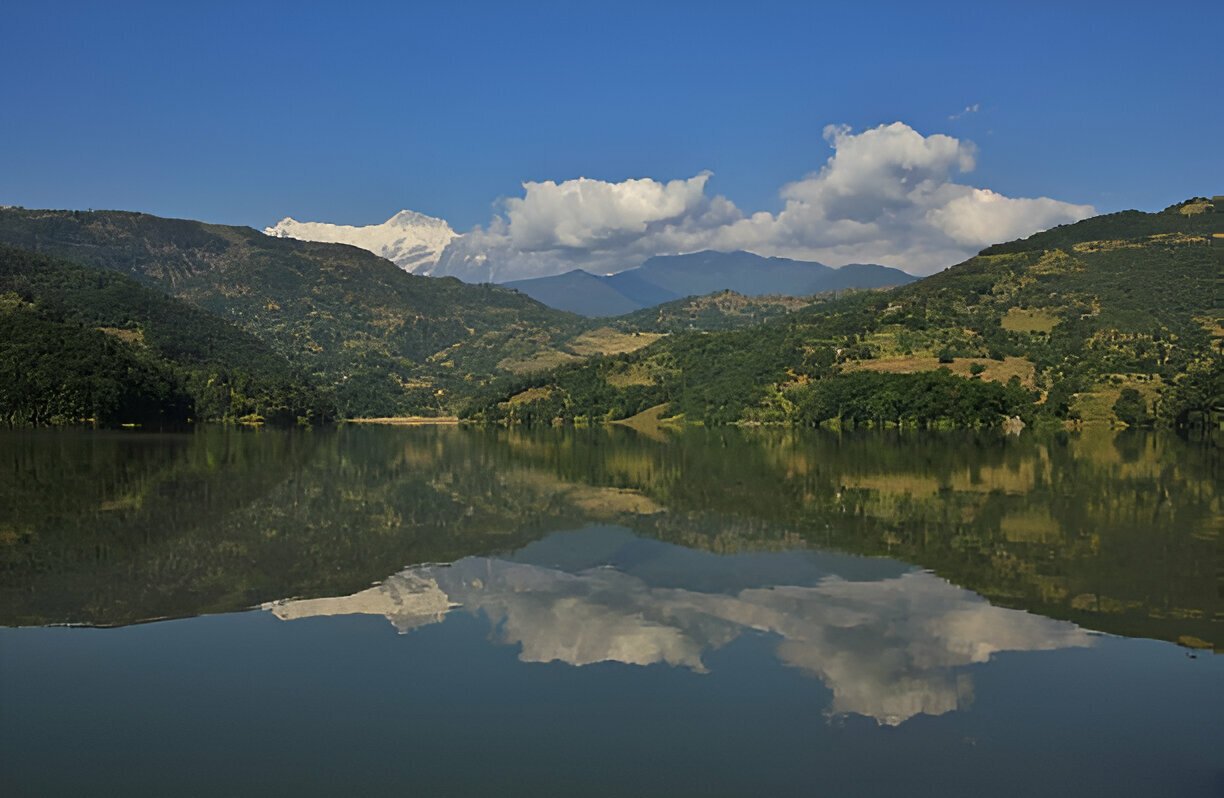
From $0
Price Varies from Group Size
Success
Here goes about why the success toast occurred.
 Itinerary
Itinerary
Arrival in Kathmandu (1,400m)
Your Royal Trek adventure begins in Nepal's vibrant capital. After airport pickup, settle into your hotel and attend a pre-trek briefing with your guide, who will outline the journey ahead through the picturesque foothills north of Pokhara. Take time to explore Kathmandu's cultural heritage sites and gather any last-minute supplies. The evening provides an opportunity to enjoy authentic Nepali cuisine and prepare mentally for the gentle trekking adventure ahead. Accommodation: Comfortable hotel in Kathmandu with modern amenities.
Kathmandu to Pokhara (820m)
After breakfast, depart for Pokhara by tourist bus, a scenic 6-7 hour journey through the middle hills of Nepal, following the Trishuli and Marsyangdi river valleys and passing through traditional villages. Alternatively, take a short 25-minute flight for magnificent aerial views of the Himalayan foothills. Upon arrival in Pokhara, enjoy the relaxed atmosphere of this lakeside city with optional boating on Phewa Lake or visits to local temples. Use the opportunity to glimpse the Annapurna range, including the distinctive peak of Machapuchare (Fishtail Mountain) that will be your constant companion during the trek. Accommodation: Tourist-class hotel in Pokhara.
Pokhara to Kalikasthan (1,370m) to Shaklung (1,730m)
After breakfast, take a one-hour drive to Kalikasthan, the starting point of your trek. Begin walking through beautiful forested areas mixed with terraced farmland, gradually climbing to reach higher ridges with panoramic views of the Annapurna range, Machapuchare, and the valleys below. This 4-5 hour trek passes through small, authentic villages where you'll observe traditional daily activities and agricultural practices. Reach Shaklung by mid-afternoon, a small settlement offering spectacular mountain views and your first night in a teahouse or homestay environment. Accommodation: Basic tea house or homestay in Shaklung.
Shaklung to Chisopani (1,550m)
Today's 4-5 hour trek follows a ridgeline with continuous mountain views. The trail winds through rhododendron forests (spectacular when blooming in spring) and small farming communities where traditional methods of cultivation continue unchanged for generations. Observe the intricate terracing systems that transform steep hillsides into productive agricultural land, a testament to the ingenuity of mountain farming communities. The relatively gentle terrain allows for a comfortable pace with plenty of opportunities to interact with local villagers and photograph the spectacular scenery. Chisopani offers another night of simple accommodation with magnificent sunset views across the Annapurna range if weather permits. Accommodation: Basic tea house or homestay in Chisopani.
Chisopani to Begnas Lake (800m)
Your final day of trekking involves a 5-6 hour journey that gradually descends through changing landscapes toward Begnas Lake. Pass through several traditional villages where you may observe local crafts such as weaving, pottery, or traditional food preparation. The trail offers continually changing perspectives of the mountains as you descend, eventually reaching the peaceful shores of Begnas Lake, the second-largest lake in the Pokhara region. Much less developed than Phewa Lake, Begnas offers a tranquil conclusion to your trek, with optional boating available to enjoy the reflection of the mountains on the water's surface. Accommodation: Simple guesthouse near Begnas Lake.
Begnas Lake to Pokhara
After a leisurely breakfast enjoying the lakeside views, take a short 30-minute drive back to Pokhara. The afternoon offers opportunities to explore this relaxed tourist hub, perhaps visiting the International Mountain Museum to learn more about the Himalayan region you've been exploring, enjoying a massage to ease any muscle fatigue from the trek, or simply relaxing in the cafes and restaurants along Lakeside with views across Phewa Lake to the mountains beyond. Accommodation: Tourist-class hotel in Pokhara.
Pokhara
Take a well-deserved rest day in Pokhara to reflect on your Royal Trek experience. Options include boating on Phewa Lake, visiting the World Peace Pagoda for panoramic views, exploring local markets, or trying adventure activities like paragliding or zip-lining. Alternatively, simply relax and enjoy the laid-back atmosphere of this beautiful lakeside city. Accommodation: Same hotel in Pokhara.
Pokhara to Kathmandu
Return to Kathmandu by tourist bus (6-7 hours) or a short flight (25 minutes). The afternoon in Kathmandu offers opportunities for souvenir shopping in Thamel or additional sightseeing. A farewell dinner provides a chance to celebrate your Royal Trek adventure with guides and fellow trekkers. Accommodation: Comfortable hotel in Kathmandu.
Departure from Kathmandu
Your Royal Trek adventure concludes with a transfer to Kathmandu International Airport for your departure flight. Depending on your schedule, you might have time for last-minute shopping or sightseeing in Kathmandu before leaving Nepal with memories of your gentle Himalayan journey.
 Services
Services
Includes
- Specialized bilingual guide familiar with the Royal Trek route
- Private Transport where applicable
- Tourist bus/flight between Kathmandu and Pokhara
- Daily meals on the trek: breakfast, lunch, and dinner
- Services of an experienced guide and porter during the trek
- All essential trekking permits, including ACAP (Annapurna Conservation Area Permit) and TIMS
- Accommodation throughout the trek (teahouses or homestays)
Excludes
- Additional accommodation due to personal preference or early completion
- Comprehensive travel and medical insurance for the trek
- Gratuities for the guides, porters, and trekking support staff
- International flights and entry visa fees for Nepal
- Personal trekking equipment and gear (sleeping bags, jackets, etc.)
- Extra food and drinks beyond the standard meals provided
- Activities in Pokhara (boating, paragliding, etc.)
 Reviews
Reviews
 FAQs (Frequently Asked Questions)
FAQs (Frequently Asked Questions)
Your queries are answered.
What makes the Royal Trek "royal"?
The trek earned its name because Prince Charles and his entourage followed this route during his visit to Nepal in the early 1980s. The path was specifically selected to showcase Nepal's natural beauty and cultural heritage while accommodating the security and comfort requirements of royal visitors.
When is the best time to do the Royal Trek?
The Royal Trek is viable year-round due to its lower elevation, but certain seasons offer particular advantages. October to November provides the clearest mountain views and stable weather. March to April features spectacular rhododendron blooms transforming the forests into a riot of color. Winter (December-February) brings cooler temperatures but often clear skies and fewer trekkers. Even during the monsoon season (June-September), this trek remains possible, though occasional rain showers and hazier views should be expected.
Do I need a guide or porter for this trek?
While the Royal Trek can be done independently as the trail is generally clear and villages are regularly spaced, a guide enhances the experience through cultural interpretation, arranging accommodation, and providing insights into local traditions. Porters make the journey more comfortable by carrying the bulk of your gear, allowing you to focus on enjoying the scenery and cultural experiences. Both guides and porters contribute to the local economy and employment.
What permits do I need for the Royal Trek?
You'll need the Annapurna Conservation Area Permit (ACAP, approximately $30) and TIMS (Trekkers' Information Management System) card (approximately $10). These can be arranged through your trekking agency or obtained in Kathmandu at the Nepal Tourism Board office or in Pokhara.
What type of accommodation can I expect?
The Royal Trek features basic teahouses or homestays throughout the route. Accommodations typically offer simple twin rooms with shared bathrooms and common dining areas. Hot showers may be available for an additional fee at some locations. The experience is rustic but comfortable, providing authentic insights into rural Nepali life. Bedding is provided but a sleeping bag liner improves comfort and hygiene.
How should I prepare physically for this trek?
The Royal Trek requires only moderate fitness levels, making it accessible to most healthy individuals. Regular walking for 30-60 minutes several times a week in the months before your trek provides sufficient preparation. Including some hill walking helps condition muscles for the inclines you'll encounter. This trek is suitable for beginners with reasonable fitness or even those with limited trekking experience.
Can this trek be extended or shortened?
Yes, the Royal Trek is flexible and can be adapted to different timeframes. It can be completed in as little as 3 days of actual trekking for those with limited time, or extended by adding side trips to additional villages or incorporating a stay at Begnas Lake. Some trekkers combine it with other short treks in the Annapurna region for a more comprehensive experience.
What is the food like on the Royal Trek?
Teahouses serve simple but nutritious meals, with dal bhat (rice with lentil soup and vegetables) being the staple. Other common options include noodle soups, fried rice, pasta, and basic vegetable dishes. Breakfast typically consists of porridge, eggs, chapati (flatbread), or Tibetan bread. Menu variety is more limited than in popular trekking areas but sufficient for the short duration of this trek. Bringing favorite snacks supplements the basic teahouse offerings.
How reliable is the WiFi and phone connectivity?
Most villages on the Royal Trek have basic cell phone coverage, though it may be intermittent in some areas. Local SIM cards with data plans work reasonably well throughout much of the route. WiFi is available in some teahouses, though often for an additional fee and with limited reliability. The proximity to Pokhara means connectivity is generally better than on more remote treks.
How much extra money should I budget beyond the package cost?
Beyond the package cost, budget approximately $8-12 per day for additional expenses like hot showers (where available), battery charging, WiFi access, bottled water (or bring purification methods), snacks, and optional hot drinks. Prices are generally reasonable as the route is accessible and doesn't involve high-altitude premium pricing. Consider carrying additional funds for optional activities in Pokhara before or after your trek.
Is the Royal Trek suitable for families with children?
Yes, the Royal Trek is one of Nepal's most family-friendly trekking options, appropriate for children approximately 8 years and older, depending on the child's stamina and hiking experience. The relatively short daily distances, modest altitude gain, and regular village spacing make it manageable for families. Children particularly enjoy the cultural interactions in villages and the variety of environments encountered along the route. Some families choose to add an extra day to the standard itinerary to allow for a more relaxed pace
What distinguishes the Royal Trek from other short treks near Pokhara?
Compared to the popular Ghorepani/Poon Hill Trek, the Royal Trek offers a less crowded, more authentic cultural experience with fewer commercial tourist facilities. While the Ghorepani Trek reaches higher elevations with a more dramatic single viewpoint (Poon Hill), the Royal Trek provides continuous panoramic views throughout most of the journey. The Royal Trek involves less strenuous climbing than many alternatives and concludes uniquely at Begnas Lake rather than returning directly to Pokhara, offering a peaceful final experience away from the more developed tourist areas.




